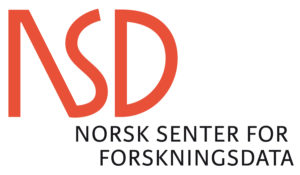Abstract:
The article presents an overview of scientific articles and reports on the integration of the NIS 2 Directive into GIS systems in critical sectors. The aim of this article is to analyze the impact of the integration of the NIS 2 Directive with geographic information systems (GIS) in critical sectors on the level of security of organizations using the services of this type of systems. An innovative approach to the use of GIS as a tool supporting risk management and monitoring of critical infrastructure is presented. The practical value of the work lies in showing how the integration of GIS with NIS 2 can contribute to increasing the security of business continuity and resilience of critical infrastructure. The article describes the research methods used to analyze the impact of the NIS 2 directive on GIS systems and presents the results of these studies. The results of the research are discussed in the context of the existing literature and empirical research, indicating significant changes in the field of risk management and cybersecurity. The main results of the work indicate that the integration of GIS with NIS 2 enables effective monitoring of the technical condition of the infrastructure, quick identification of threats and coordination of corrective actions. In addition, the results highlight the benefits of integrating NIS 2 with GIS, but also highlight the technological and financial challenges that organizations face. The practical value of the work lies in showing how the integration of GIS with NIS 2 can contribute to increasing the resilience of critical infrastructure. In conclusion, the integration of NIS 2 with GIS in critical sectors is a demanding but necessary process to ensure a high level of cybersecurity and brings numerous benefits, including increasing the security and resilience of critical infrastructure, which contributes to social and economic stability.





